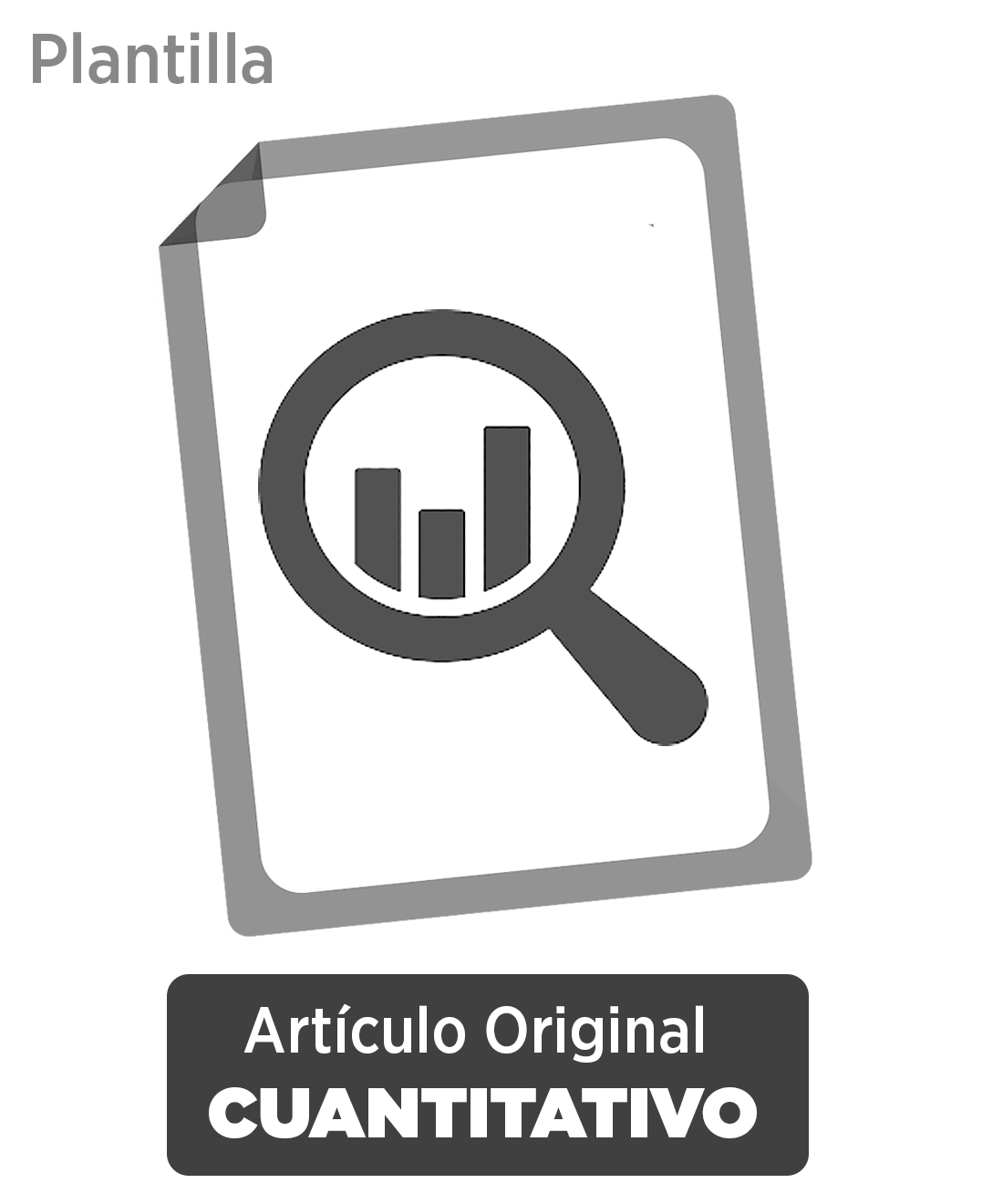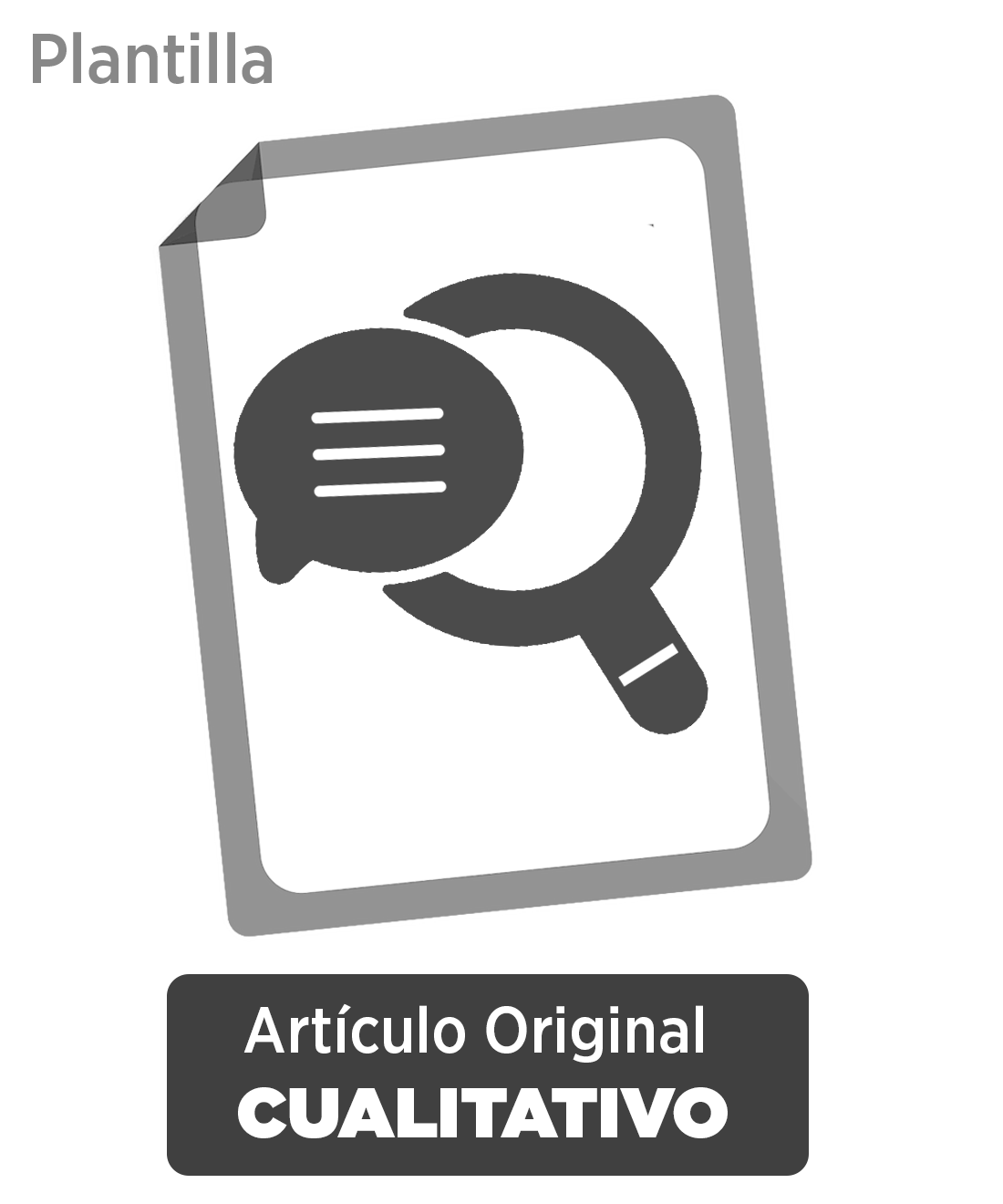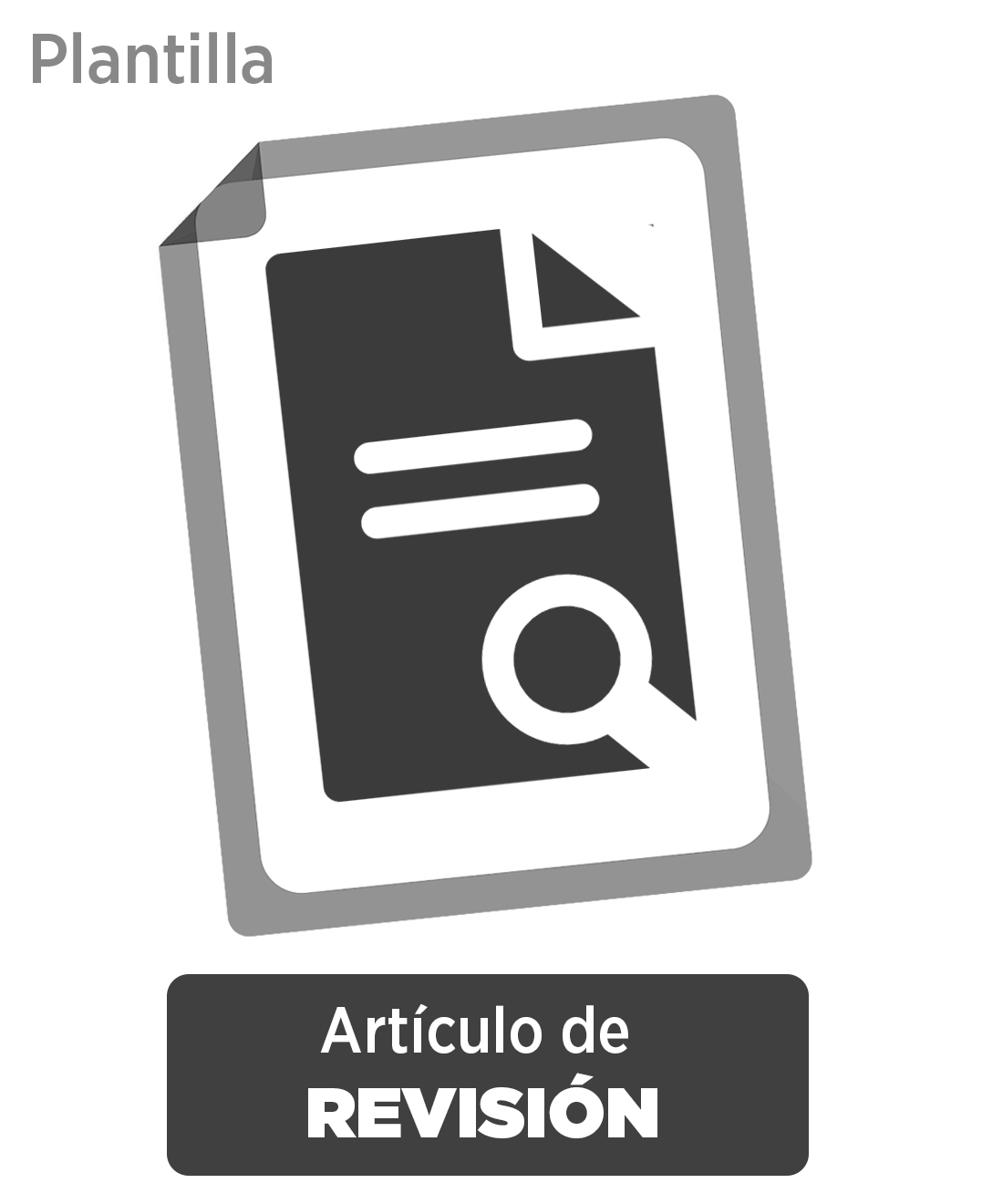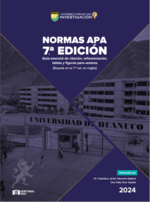Transformational leadership and technological disruption:the case of Blockbuster and Netflix
DOI:
https://doi.org/10.37711/Keywords:
transformational leadership, technological disrupción, experiential marketing, circular economy, digitizationAbstract
Objective. Analyze the evolution of the entertainment industry from Blockbuster's business model to Netflix's leadership, contrasting transformational and charismatic leadership approaches, in relation to three key technology trends in the digital era: experiential marketing through immersive technologies, the circular economy and distributed cloud computing. Methodology. For the analysis of the documentation, we used a methodology based on qualitative analysis of an inductive nature, but with a descriptive and analytical approach supported by the review of scientific articles and historical chronology. The study covers the period from 1984 to 2024, with academic sources from indexed journals, business books and business reports. In order to corroborate the data, a triangulation process was applied to contrast leadership theories with technological trends and verify the results of the companies involved. Conclusions. The case study is a mandatory frame of reference for companies globally, as it demonstrates that innovation and adaptation to disruptive technologies is "not optional" but "essential" for economic sustainability. Thus, while Blockbuster clung to transactional leadership and resistance to change, Netflix progressed under transformational and charismatic leadership, adapting to disruptive technologies. This case is striking, as only companies with strategic vision and innovation capacity manage to remain relevant and sustainable.
Downloads
References
Asgari, A., Mezginejad, S., & Taherpour, F. (2020). The role of leadership styles in organizational citizenship behavior through mediation of perceived organizational support and job satisfaction. Innovar, 30(75), 87-98. https://doi.org/10.15446/innovar.v30n75.83259
Barrera Arguello, M., y Castellanos, J. Q. (2017). Análisis de los modelos para determinar la relación entre Liderazgo e Innovación. Revista Publicando, 4(12(2)), 921-930. https://revistapublicando.org/revista/index.php/crv/article/view/1149
Bass, B. M., & Riggio, R. E. (2006). Transformational Leadership(2.a ed.). Lawrence Erlbaum Associates, Publishers. http://edl.emi.gov.et/jspui/bitstream/123456789/569/1/transformational%20leadership.pdf
Calderón-Torres, G., & Arroyo-Mata, M. A. (2024). Análisis del discurso y Humanidades Digitales: Revisión de herramientas digitales para análisis de datos. Revista Estudios, (Especial), 18-44. https://doi.org/10.15517/re.v0iEspecial.62460
Cangemi, R., & Lopez, R. H. (1997). Case Study: Blockbuster Entertainment Corporation (1989). Source: Journal of Financial Education, 23, 95-113. https://www.jstor.org/stable/41948252
Chown, E., & Nascimento, F. (2023). Meaningful Technologies—WHO IS IN CHARGE? - How Digital Metaphors Change the Way We Think and Live Lever Press. https://archive.org/details/oapen-20.500.12657-61383
Christensen, C. M. (2008). The innovator’s dilemma: When new technologies cause great firms to fail (Rev., updated, and with a new chapter, [Nachdr.]). Harvard Business School Press. https://archive.org/details/innovatorsdilemm0000chri
Comisión Económica para América Latina y el Caribe. (2022). Tecnologías digitales para un nuevo futuro. ONU. https://repositorio.cepal.org/server/api/core/bitstreams/879779be-c0a0-4e11-8e08-cf80b41a4fd9/content
Cusumano, M. A., Mylonadis, Y., & Rosenbloom, R. S. (1992). Strategic Maneuvering and Mass-Market Dynamics: The Triumph of VHS over Beta. Business History Review, 66(1), 51-94. https://doi.org/10.2307/3117053
Gartner. (2025). Las principales tendencias tecnológicas estratégicas de 2025. https://www.gartner.es/es/articulos/principales-tendencias-tecnologicas-2025
Hagener, M. (2020). 10. Thinking Inside and Outside of the (Black) Box. Bird Box and Netflix’s Algorithmic Operations. En D. Chateau & J. Moure (Eds.), Post-cinema (pp. 175-192). Amsterdam University Press. https://doi.org/10.1515/9789048551941-012
Haselhuhn, M. P., Pope, D. G., Schweitzer, M. E., & Fishman, P. (2012). The Impact of Personal Experience on Behavior: Evidence from Video-Rental Fines. Management Science, 58(1), 52-61. https://doi.org/10.1287/mnsc.1110.1367
Hemmen, S. van, Alvarez, C., & Urbano, D. (2013). Charismatic leadership and entrepreneurial activity: An empirical analysis. Innovar: Revista de Ciencias Administrativas y Sociales, 23(50), 53-65. https://www.jstor.org/stable/23747122
Jiménez-Montecinos, A. (2020). La Innovación Disruptiva en Tiempos de Crisis: Una Reflexión en la Memoria del Profesor Clayton M. Christensen. Journal of Technology Management & Innovation, 15(4), 3-4. https://doi.org/10.4067/S0718-27242020000400003
Nguyen, G. D., Dejean, S., & Moreau, F. (2014). On the complementarity between online and offline music consumption: The case of free streaming. Journal of Cultural Economics, 38(4), 315-330. https://doi.org/10.1007/s10824-013-9208-8
Ortiz, R. (2001). Otro territorio. Ensayos sobre el mundo contemporáneo. Estudios sobre las Culturas Contemporáneas. 7(13), 153-156. https://www.redalyc.org/pdf/316/31601308.pdf
Pine II, B. J., & Gilmore, J. H. (1998, agosto). Welcome to the experience economy. Harvard Business Review, Reprint 98407, 99-104. https://enlillebid.dk/mmd/wp-content/uploads/2012/03/Welcome-to-the-Experience-Economy-Pine-and-Gilmore.pdf
Pitman, R. (2003). Making Room for DVD: The Tipping Point. American Libraries, 34(10), 40-42. https://www.jstor.org/stable/25648953
Salvador, E., Simon, J.-P., & Benghozi, P.-J. (2019). Facing Disruption: The Cinema Value Chain in the Digital Age. International Journal of Arts Management, 22(1), 25-40. https://www.jstor.org/stable/45221736
Schumpeter. J. A. (1942). Capitalism Socialism and Democracy. Harper & Brothers Publishers. http://archive.org/details/in.ernet.dli.2015.190072
Sexton, D. L. (2001). Wayne Huizenga: Entrepreneur and wealth creator. Academy of Management Perspectives, 15(1), 40-48. https://doi.org/10.5465/ame.2001.4251392
Tambovceva, T., & Titko, J. (2024). Introduction to circular economy.Ekonomikas un kulturas augstskola. https://www.augstskola.lv/upload/book_Introduction_to_Circular_Economy_2020.pdf
Taylor, S.J., y Bogdan, R. (2011). Introducción a los métodos cualitativos de investigación. Paidós. https://iessb.wordpress.com/wp-content/uploads/2015/07/05_taylor_mc3a9todos.pdf
Torres, M. (2016). Digitalización y economía circular. Política Exterior, 30(172), 54-61. https://www.jstor.org/stable/26450917
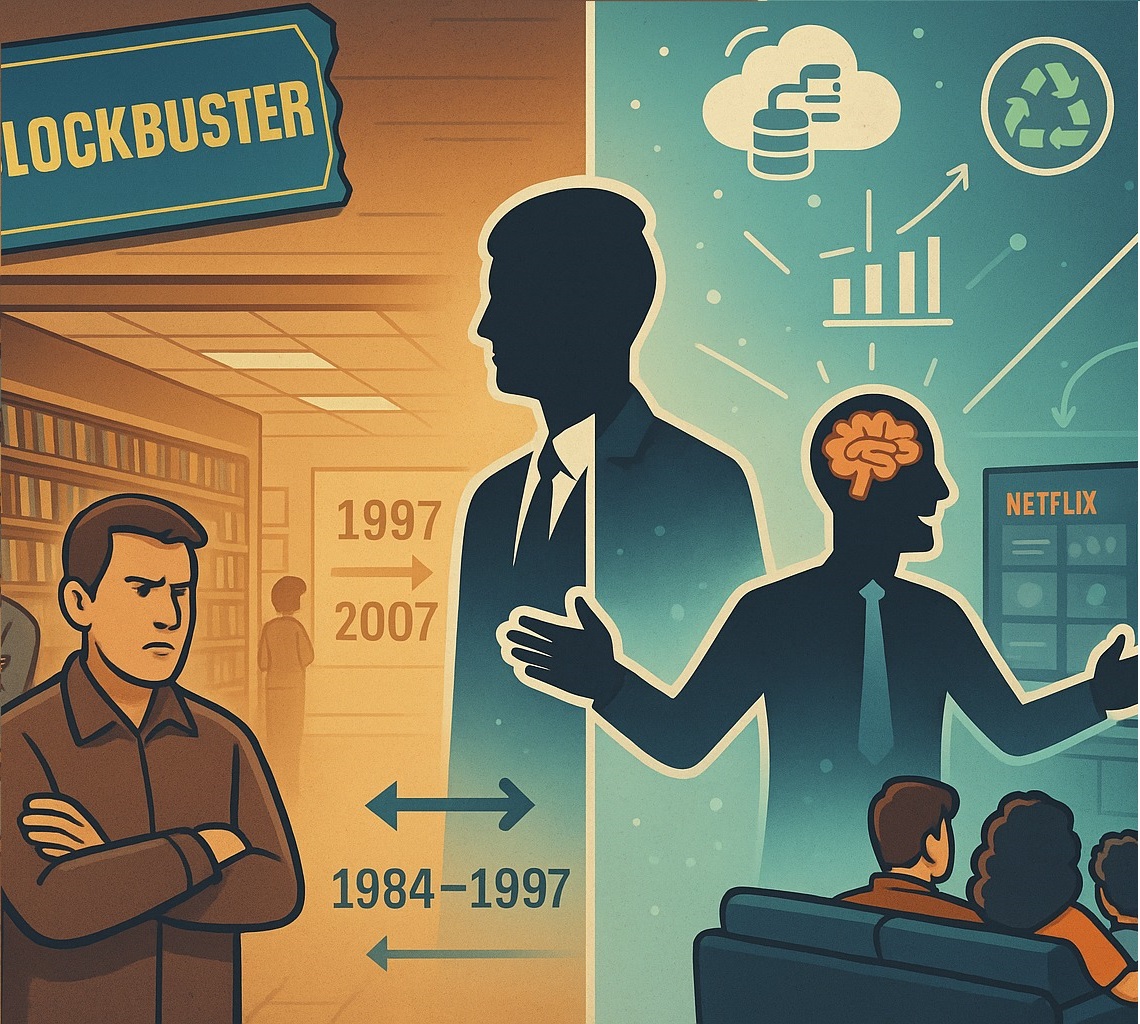
Downloads
Published
Issue
Section
License
Copyright (c) 2025 Pablo de Jesús Vindas Acosta

This work is licensed under a Creative Commons Attribution 4.0 International License.
a. Los autores conservan los derechos de propiedad intelectual (copyright) de las obras publicadas, cediendole a la revista el derecho de primera publicación.
b. Los autores retienen sus derechos de marca y patente, y también sobre cualquier proceso o procedimiento descrito en el artículo.
c. Los autores retienen el derecho de compartir, copiar, distribuir, ejecutar y comunicar públicamente el artículo publicado en la revista Innovación Empresarial (por ejemplo, colocarlo en un repositorio institucional o publicarlo en un libro), con un reconocimiento de su publicación inicial en la revista Innovación Empresarial.
d. Los autores retienen el derecho a hacer una posterior publicación de su trabajo, de utilizar el artículo o cualquier parte de aquel (por ejemplo: una compilación de sus trabajos, notas para conferencias, tesis, o para un libro), siempre que indiquen la fuente de publicación (autores del trabajo, revista, volumen, número y fecha).










